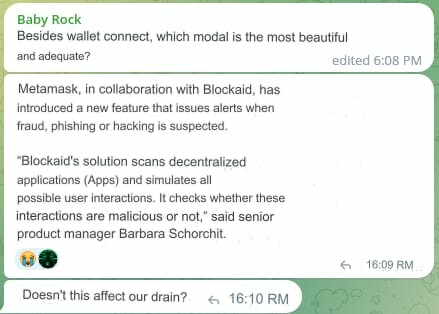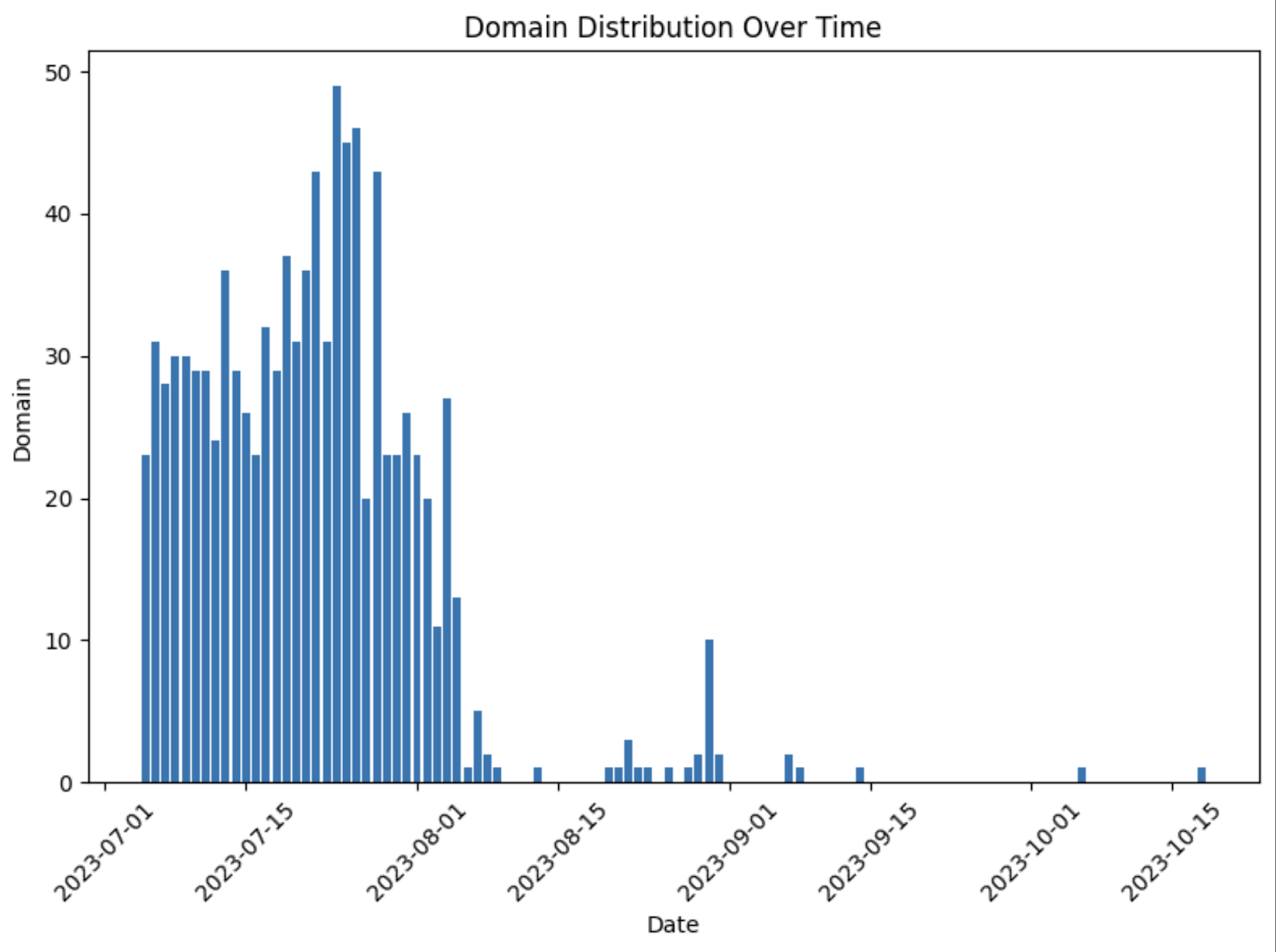- Inferno, a wallet-draining group, generated $80 million through malicious dApps, exploiting unsuspecting victims.
- Blockaid’s partnership with MetaMask posed a significant challenge to Inferno, protecting wallets from their attacks.
- Despite Inferno’s shutdown, their existing infrastructure continues to generate profits, highlighting the need for Blockaid-protected wallets and dApps.
Inferno, a nefarious wallet-draining group, recently made headlines for its audacious exploits in the world of Web3. With over $80 million in revenues generated through more than 1,000 malicious decentralized application (dApp) URLs, Inferno has left a trail of unsuspecting victims in its wake. However, their reign of terror was abruptly halted when they decided to shut down their operations. Let’s delve into the captivating story behind this notorious group and the factors leading to their demise.
Unveiling the Inferno Method: A Stealthy Scam Operation
Operating from February 2023 until their recent shutdown, Inferno employed a cunning strategy to deceive and exploit innocent users. They deployed their malicious URLs through fake or hacked accounts, impersonating prominent figures and entities in the blockchain space. Notable names such as Vitalik Buterin, Arbitrum, Optimism, OpenSea, and Layer Zero Labs were shamelessly exploited to gain victims’ trust. Once users connected their crypto wallets to these fraudulent dApps, their funds were swiftly drained, leaving them in a state of shock and financial loss.
The Emergence of Blockaid: A Challenge to Inferno’s Criminal Enterprise
So, what prompted Inferno to shut down their operations? The answer lies within their internal Telegram chat, where they explicitly acknowledged that Blockaid’s partnership with MetaMask posed a significant challenge to their illicit business. Blockaid, with its proprietary Internet-wide dApp scanning and transaction simulation and validation capabilities, rendered wallets connected to its platform immune to Inferno’s attacks. The number of Inferno attacks on Blockaid-enabled wallets provides a clear indication of the effectiveness of this partnership.

Inferno’s Ceased Launch of Onchain dApps
Inferno’s operation was a meticulously orchestrated endeavor that involved dedicated personnel, extensive onchain infrastructure, and a network of agents and attackers. As one of the largest decentralized attacker groups, Inferno registered nearly 1,000 unique domains, each representing a distinct dApp that connected back to their wallet-draining onchain infrastructure. However, a graph depicting the deployment of these domains over time reveals a significant decline in the launch of new dApps since mid-October, indicating a deliberate cessation of their activities.

The Lingering Threat and the Role of Blockaid
Although Inferno’s direct operations have ceased, their existing infrastructure continues to generate substantial profits from vulnerable individuals who remain unprotected by Blockaid. It is estimated that the previously used URLs still generate approximately $500,000 in monthly passive income. This persistent threat underscores the importance of expanding the adoption of Blockaid-protected wallets and dApps.
Fortifying Web3 Security: The Blockaid Solution
In response to the mounting threat posed by wallet-draining scams, several prominent crypto wallets and dApps, including OpenSea, MetaMask, Rainbow, 1inch, and Zerion, have integrated with Blockaid. This crucial collaboration has provided users with an additional layer of security, effectively stalling Inferno’s operations. The success achieved thus far is commendable; however, it is essential to acknowledge that the threat persists. Blockaid is actively investigating the methods and strategies employed by other groups, such as the Angel drainer group, responsible for the recent Ledger Connect Kit Hack.
Restoring Trust in Web3: Enabling a Secure Future
While significant progress has been made in curbing the activities of wallet-draining groups like Inferno, the unfortunate reality remains that numerous Zusers continue to be impacted by such malicious schemes. This lingering issue poses a challenge for newcomers, hindering their trust in the space. Nonetheless, it is vital to recognize that the immense potential of web3 can only be fully realized by addressing onchain security concerns. By leveraging innovative solutions like Blockaid, we can pave the way for a secure and prosperous web3 ecosystem that unlocks opportunities for billions of people worldwide.
Conclusion
In conclusion, the rise and fall of Inferno serves as a cautionary tale within the realm of Web3 security. Their audacious exploits and subsequent shutdown highlight the importance of proactive measures to protect users from wallet-draining scams. Collaborative efforts between industry stakeholders, such as the partnership between Blockaid and MetaMask, demonstrate the power of innovative technologies in safeguarding the integrity of the web3 space. Moving forward, continued vigilance and the adoption of robust security solutions will be crucial in realizing the full potential of web3 for a global audience.





